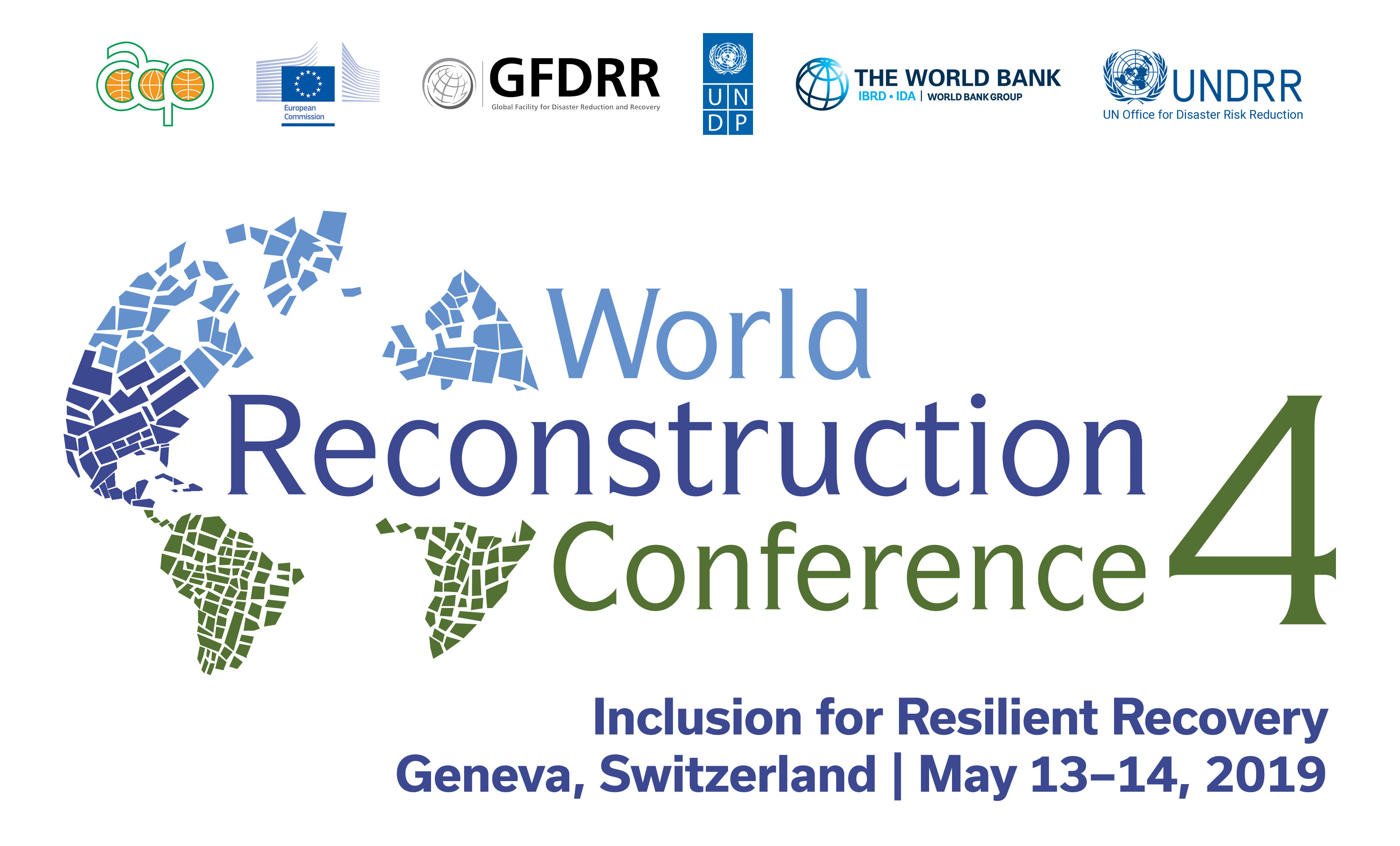Session Summary
Recovery is a complex undertaking and it becomes even more challenging when it occurs in a context that is continuously affected by fragility and conflict. In such settings, due to an amalgamation of multi-dimensional risks, access to certain areas may be restricted and existing tensions between different social actors or groups can lead to a situation where the overall planning process, the allocation of resources, and the implementation of recovery projects can become highly politicized. This may lead to criticism of legitimacy and undermine recovery efforts.
Additionally, recovery interventions are often discriminatory by nature as they tend to focus on disaster- or conflict-affected populations, and exclude non-affected but equally destitute populations. The planning and implementation process may unintentionally create additional issues of social exclusion by promoting the needs of certain groups over others, which can lead to social cleavage and division. Therefore, identifying potential sources of conflict and adopting a conflict-sensitive and inclusive approach when assessing needs as well as planning and implementing a post-crisis recovery strategy ensures that the measures taken do no further harm and help strengthen social cohesion and stability.
A special session shared experiences from different disaster- and conflict-related recovery processes and reflected on lessons learned with respect to integrating conflict sensitivity and ensuring social inclusion throughout the recovery process. Integrating a conflict-sensitive approach in the tools for assessment and recovery programming (e.g. Post-Disaster Needs Assessment, Disaster Recovery Framework, Recovery and Peacebuilding Assessment, Social Impact Analysis and Monitoring, etc.) and the combined use of these with conflict sensitivity tools (e.g. tools for analyzing the impact of assistance on peace and conflict dynamics) was recommended to help recovery processes avoid the creation or exacerbation of tensions and effectively address inclusion.
Conflict sensitivity is not just applicable to violent conflict but also to latent conflict. Interventions are never neutral - they are part of the context and therefore influence it. Every context is characterized by connectors and dividers (systems, institutions, actions, symbols, etc.). Three key steps to apply a conflict-sensitive approach are: (a) understanding the context (b) understanding the interactions between the interventions and the context (c) taking action and using this understanding to maximize positive impacts and minimize negative ones.
Recovery is a critical phase to apply a conflict-sensitive approach in the development process because development, political, and security processes are simultaneously intersecting. Analysis of the context is not enough – it is the design and the implementation of interventions that ensures the integration of conflict-sensitive approaches. The European Union’s experience has stressed the importance of developing indicators to measure how much conflict sensitivity is included in the interventions, and evaluating the interventions once they have been implemented.
In Nigeria, a Recovery and Peacebuilding Assessment (RPBA) was very useful to identify the impact and the type of response required. The assessment helped prioritize interventions and bring necessary financing. Two big challenges were coordination across all actors involved and ensuring that tension was not built between displaced and host communities. It was important to provide livelihood support to both communities. Climate change has further complicated the challenge of addressing conflict issues as it impoverishes the availability of natural resources which form the basis of people’s livelihoods. The conflict-related recovery can be viewed as an opportunity to build back better – not just infrastructure, but also more resistant livelihoods and more cohesive communities.
When disasters happen in contexts of fragility and conflict, recovery cannot be approached solely in a technical fashion but must recognize the social dynamics, the impact of relief on social relations, etc. Following its first involvement in a post-disaster assessment in Turkey in 1999, the World Bank evolved its approach to analyze social impact by developing a practical tool to capture the social impact in a compressed time frame via qualitative research that looks at different aspects of recovery. In Myanmar, regular yearly monitoring was conducted between 2008 and 2013 in the communities most affected by Cyclone Nargis. This helped better understand the context and social dynamics and not to miss what is generally missed when methods only use quantitative systems. Monitoring the progress of interventions together with ensuring that communities are involved in decision-making is critical to minimize the negative impact that interventions can have on the relationships between communities and leaders.
Recognizing that disasters do not happen in a political vacuum, the UNDP has developed a guide on how to integrate a conflict-sensitive approach into PDNAs. Conflict sensitivity has always been a core principle of PDNAs but there was no codified guidance on how to do it until recently. The guide is prescriptive, and it stresses the need to integrate conflict sensitivity from the beginning of the PDNA process, starting with the very design of the assessment. Governments generally expect the assessment to give dollar figures of what is needed for the recovery rather than address conflict-related issues. Hence, as conflict sensitivity is not a technical issue but a political one, it is a challenge to integrate conflict sensitivity into PDNAs, and needs to be negotiated with Governments.
Risk needs to be approached from a resilience angle, taking into consideration all types of shocks that can affect people. The DRR community must reach out to conflict prevention specialists to enhance its knowledge and capacity to integrate the conflict sensitivity approach into disaster recovery interventions. This will facilitate innovative approaches to address recovery in conflict and fragile settings. For greater impact, it is necessary to improve the coordination and integration of the various instruments existing on conflict sensitivity and peace building across various organizations. To this end, it is crucial to ensure that both macro (government) and micro (community) perspectives are taken into account.

